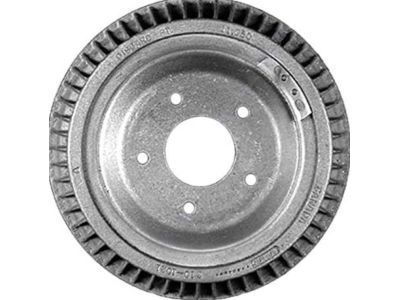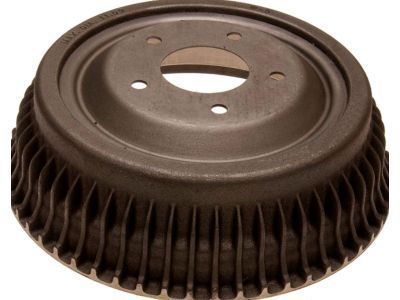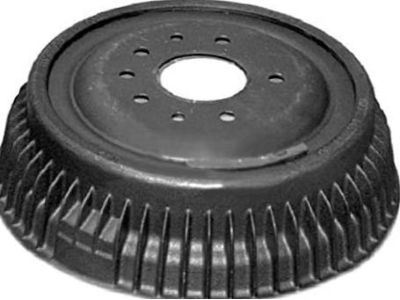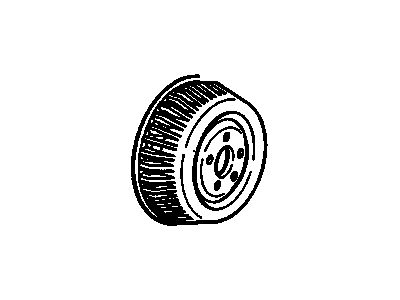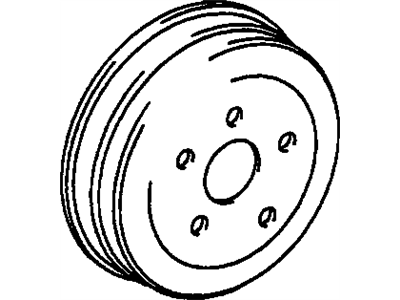
My Garage
My Account
Cart
Genuine Chevrolet Caprice Brake Drum
- Select Vehicle by Model
- Select Vehicle by VIN
Select Vehicle by Model
orMake
Model
Year
Select Vehicle by VIN
For the most accurate results, select vehicle by your VIN (Vehicle Identification Number).
2 Brake Drums found
Chevrolet Caprice Drum Assembly, Rear Brake
Part Number: 1244646$41.03 MSRP: $76.91You Save: $35.88 (47%)
Chevrolet Caprice Brake Drum
In the braking system, the Brake Drum is vital especially for Chevrolet Caprice models that come with rear drum br/That is why the Brake Drum is, in fact, an integral part of the Chevrolet Caprice vehicles especially those that come with rear drum brakes. Its main task is to reduce or complete the speed of the car through blocking and creating a friction between the Brake Shoes and the inner part of the Brake Drum. Moulded with special cast iron for heat conductivity and wear properties, material of construction of the Brake Drum is strong and tough in the course of use. When the brakes are on, the brake lining puts radial force on the Brake Drum, which results to formation of friction with wheel and axle thereby slowing down the wheel and axle. This is necessary for control of the vehicle especially because of heating as a result of friction. While the Chevrolet Caprice may have gone through a variety of changes in its models within the years, the Brake Drum that it uses may also come in different styles but the basic principle of having a braking system that relies on friction is still present.
Each OEM Chevrolet Caprice Brake Drum we offer is competitively priced and comes with the assurance of the manufacturer's warranty for the part. Furthermore, we guarantee the speedy delivery of your orders right to your doorstep. Our hassle-free return policy is also in place for your peace of mind.
Chevrolet Caprice Brake Drum Parts Questions & Experts Answers
- Q: How to inspect and service Brake Disc and Brake Drum on Chevrolet Caprice?A:Whenever the disc brake pads are examined for their condition, it is advisable to determine the state of the disc (rotor) surfaces; light ploughing or grooving is permissible, deep cuts or severe troughing is impermissible. On models made prior to 1974, there is only a single deep groove referred to as the 'squeal' groove, and this is not an indication that the groove is worn. If vibration is felt during the operation of the Brake Pedal, then Disc run out may be the cause. To check for this, there is the use of a dial gauge or feeler blades between the discs and a fixed surface, the runout should not go beyond 0.004 inches. Any variation in thickness at disc thickness more than 0.0005 inch will cause vibration at the time of brake operation. Discs usually have wear limit and refinish thickness dimensions incorporated in them and if a dealer cannot refinish a disc to the stated limit, then a new disc has to be fitted. Also, when a brake drum is pulled for checking lining it is also convenient to inspect for crack, scoring or conditions, out-of-round. An out-of-round drum also induces pedal pulsation when applied and the internal diameter should be checked at least one point using an internal micrometer. A drum can be refinished internally, as long as wear and refinish sizes cast into it are not over sized.
